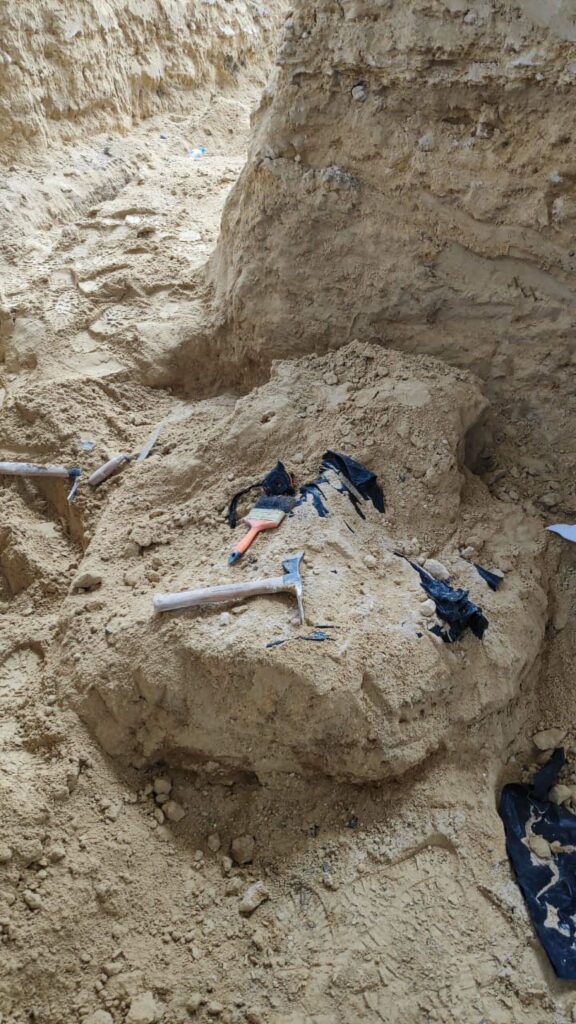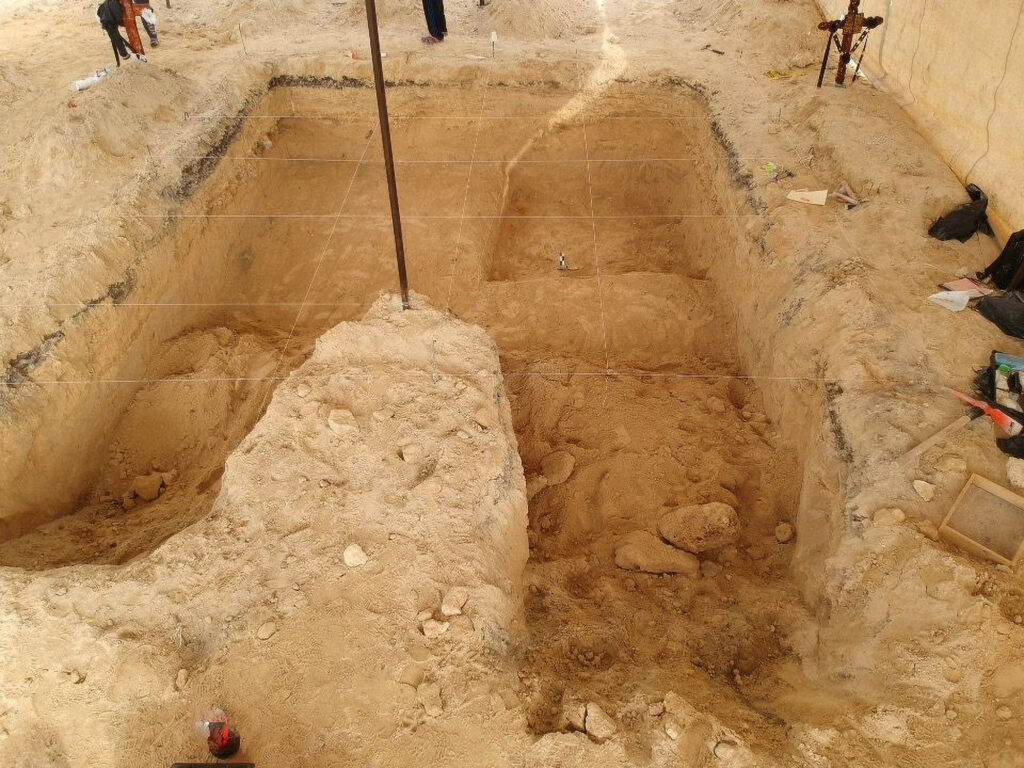Gravediggers Discover Body Of Mammoth While Extending Cemetery
Gravediggers preparing the ground for a new cemetery in Mexico were shocked to discover the plots were already in use as they contained the 10,000-year-old remains of a mammoth.
The discovery took place in the municipality of Los Reyes de Juarez, which is located in the south-eastern Mexican state of Puebla, when the cemetery was being extended with new burial plots.
So far, a nearly complete mammoth tusk has been found, along with a fragmented tusk, and parts of the animal’s skull and pelvis have also been found.

The Mexican National Institute of Anthropology and History (Instituto Nacional de Antropología e Historia; INAH) said in a statement obtained by Newsflash that it was possible that the animal had died while searching for water in an ancient lakebed.
They said that this properly happened at least 10,000 years ago, in the Pleistocene era.
The INAH explained that the discovery had taken place in October when the municipal cemetery was being prepared for more burial pits. A worker’s digger ran into “what he believed to be a root, but when he pushed, dozens of fragments jumped out, which appeared to be bones of considerable size and weight.”

The INAH added that “between the rows of tombs and the smell of chrysanthemums, an almost complete tusk was recovered” measuring 2.90 metres (9.51 feet), and the second tusk, that was broken by the backhoe, was also recovered.
They also recovered the mammoth’s “fragmented skull, 70 percent of the pelvis and some rib fragments”.
To avoid bone deterioration, the skull was “removed and immersed in a hardened sediment box and will be carefully cleaned in a laboratory for future analysis.”

Biologist Ivan Alarcon Duran explained that after the bones have been cleaned they will be analysed to confirm “basic data of the specimen” such as its age, gender and species.
Due to the size of the pieces, the biologist believes that it is a male, adult Columbian mammoth (Mammuthus columbi), which is believed to have been a hybrid species between the woolly mammoth and another type of mammoth whose ancestors were steppe mammoths.
Columbian mammoths are believed to have inhabited an area roughly corresponding to modern-day Mexico and the United States, while woolly mammoths lived further north in what is now Canada and Alaska.

The bone remains were transferred to the INAH Puebla Centre’s laboratories, where they are being treated so they can be properly preserved and studied.
Columbian mammoths are believed to have gone extinct about 11,500 years ago, at the end of the Pleistocene, due to habitat loss as a result of climate change or overhunting by humans.



